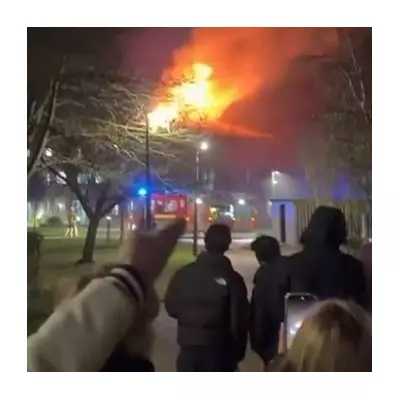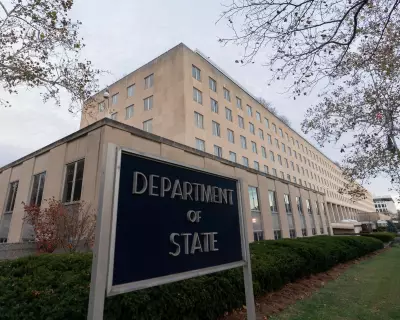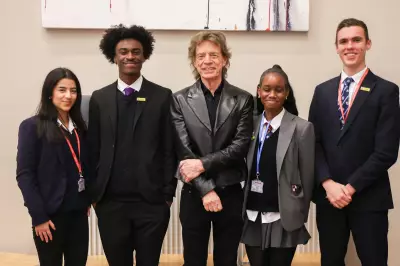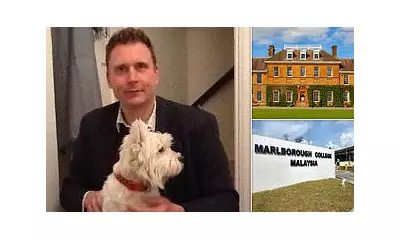
In a striking discovery that merges digital technology with national heritage, researchers from the University of Winchester have uncovered that Google Maps has deliberately blurred key vantage points offering views of Windsor Castle.
The study, which has ignited a fresh debate on security in the digital age, found that specific public viewpoints around the world's oldest and largest inhabited castle are pixelated on the tech giant's popular mapping service. This digital censorship appears to be a modern security measure, obscuring what would otherwise be clear, publicly accessible sightlines to the royal residence.
A Modern Dilemma for Historic Monuments
Dr. Alex Kent, who led the research, suggests this move represents a significant shift in how we protect iconic sites. Unlike physical barriers, this is a digital solution to a physical security concern. The research compared historical Ordnance Survey maps with contemporary Google Maps imagery, pinpointing the exact locations where views have been digitally altered.
The findings present a complex paradox: while anyone can visit these spots in person and see the castle perfectly clearly, the digital representation of that same view is considered too sensitive to show online. This raises profound questions about the balance between public access, transparency, and security in an era where satellite imagery is ubiquitous.
The Implications for Public Space and Digital Freedom
The blurring affects areas that are public rights of way, not private land. This intervention by a private company, however well-intentioned, sparks a conversation about who controls and curates our digital landscape. It touches on issues of corporate responsibility, public freedom of information, and the evolving nature of privacy for public figures and institutions.
As mapping technology becomes ever more integrated into our daily lives, the study from the University of Winchester serves as a critical reminder of the power these platforms wield. The silent, automated editing of our digital world can have real-world implications for how we perceive and interact with our national heritage and public spaces.





